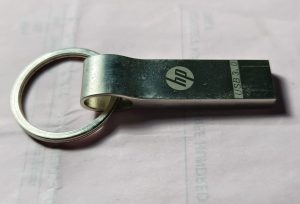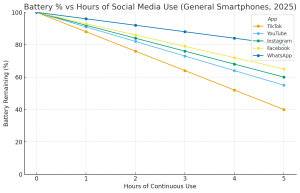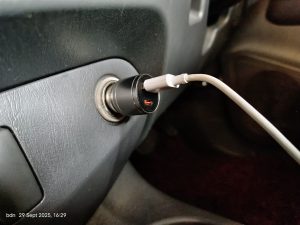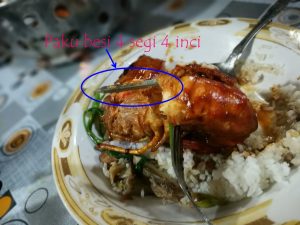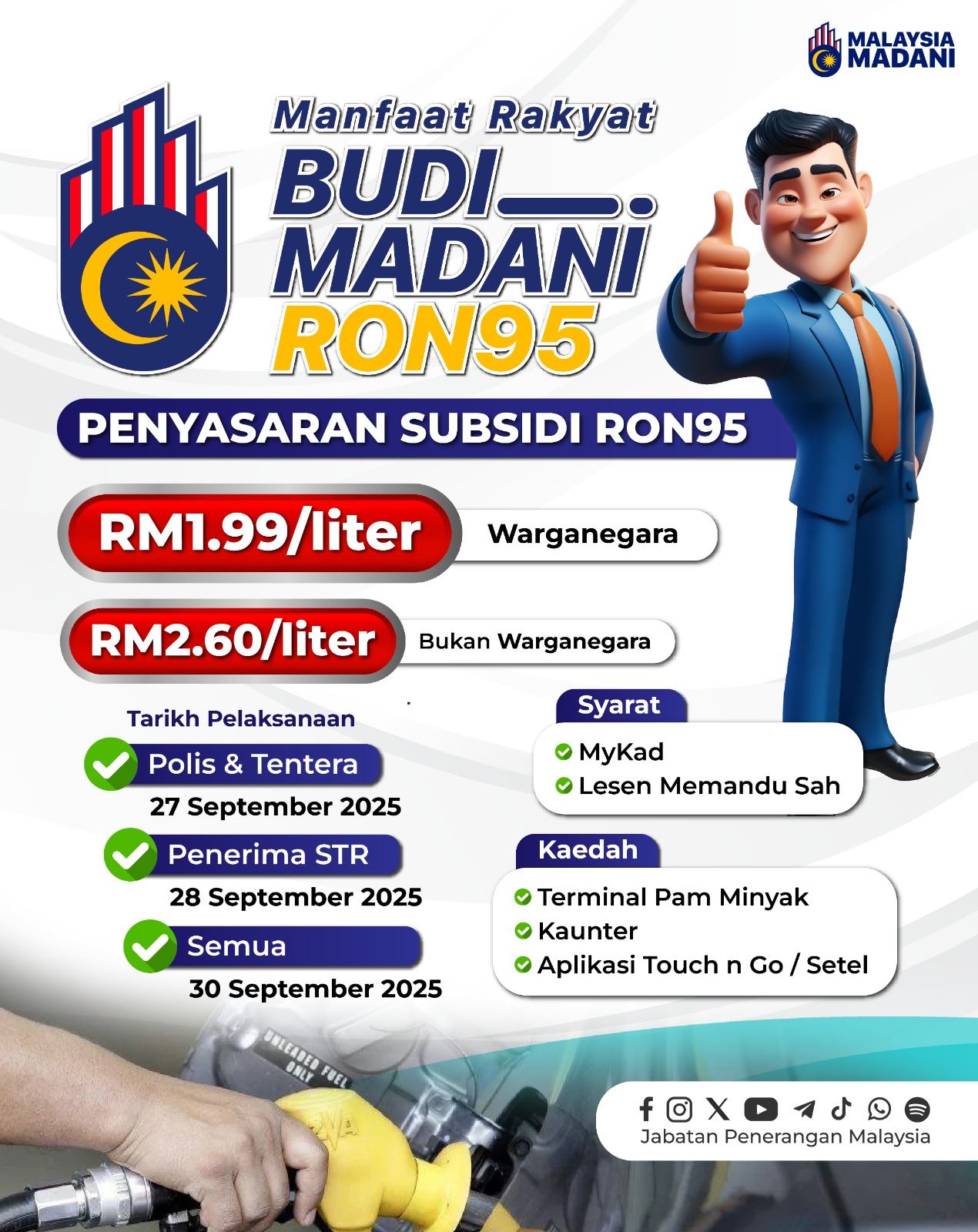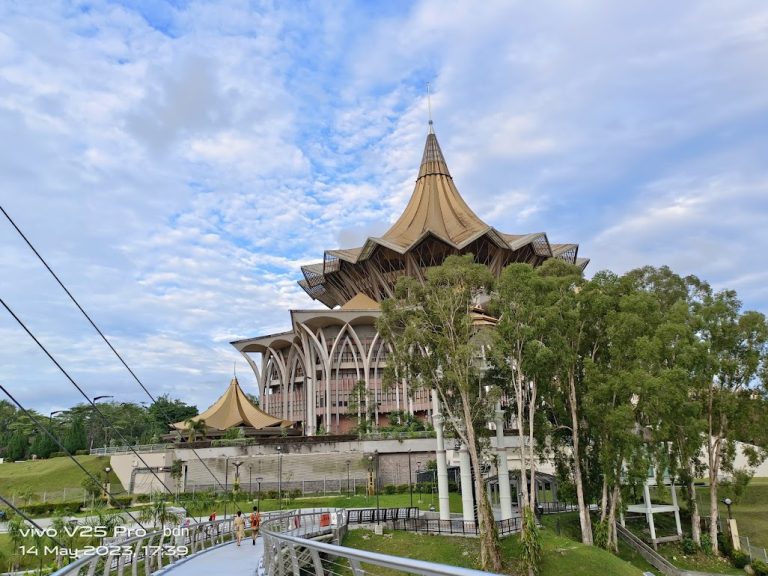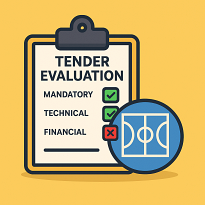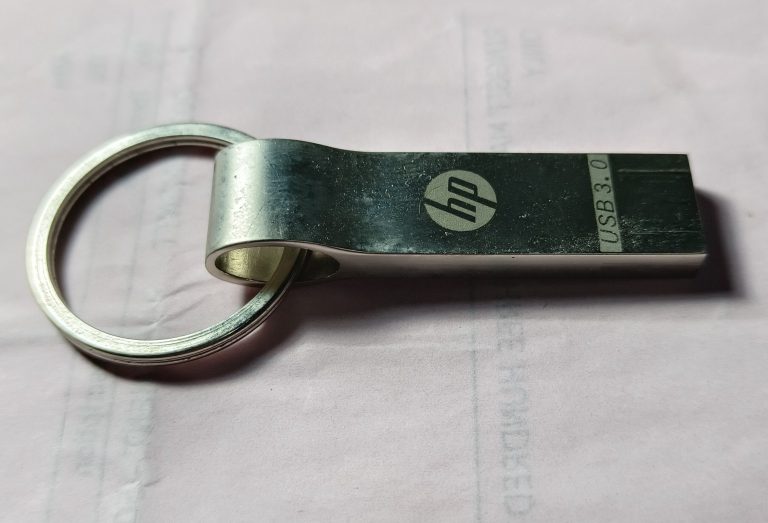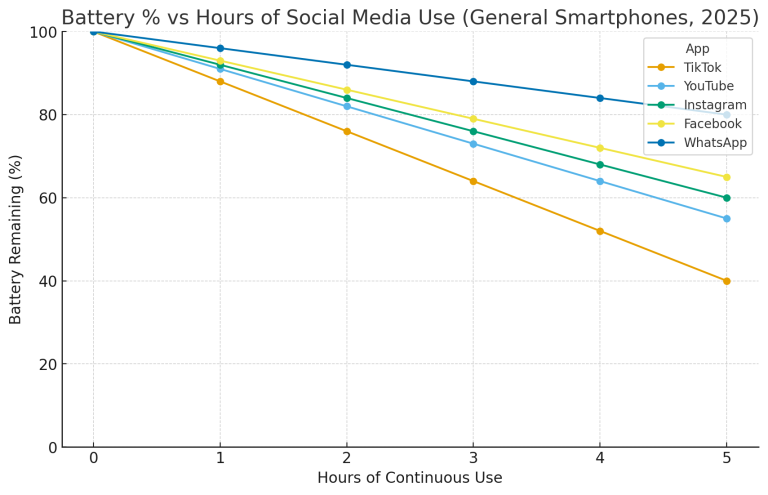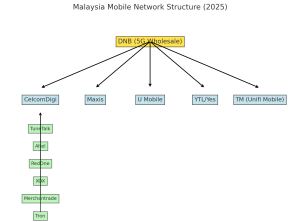BUDI Madani approved the RON95 at RM1.99 per litre up to 300L per month.
General Info:
Category A. Those Cars that run on RON95
- Perodua: Myvi, Axia, Bezza, Ativa, Alza (all engines <1.5L)
- Proton: Saga, Persona, Iriz, Exora, X50, X70 (all standard engines tuned for RON95)
- Japanese mainstream models: Toyota Vios, Yaris, Corolla; Honda City, Civic 1.5T, HR-V, BR-V, CR-V; Nissan Almera; Mazda 2, Mazda 3, Mazda CX-3/5 (non-turbo)
- Most 1.3L–2.0L sedans, hatchbacks, MPVs, and crossovers
category B. Those Cars that don’t run on RON95, but use RON97
The Rich Man Club – These are usually continental or turbocharged models with higher compression/turbo boost:
- BMW (3-Series, 5-Series, X1/X3/X5, etc.)
- Mercedes-Benz (C-Class, E-Class, GLA/GLC, etc.)
- Audi (A4, A6, Q3, Q5, etc.)
- Volkswagen (Golf GTI/R, Passat, Tiguan with TSI engines)
- Volvo (XC40 T5/T8, XC60, S60, etc.)
- Mini Cooper (all turbocharged variants)
- Porsche (Macan, Cayenne, Panamera, 911 — basically all)
- Lexus (higher performance models like IS, GS, RC; though entry-level like UX200 can run RON95)
- High-end Japanese turbos: Honda Civic Type R, Subaru WRX/STI, Nissan 370Z/GT-R, Toyota GR Yaris/GR Supra
Now…Only those vehicles listed in category A above run on RON95..but here’s the thing…You only need to present your Mycard / kad pengenalan to do the transaction, whereas the driving license and car ownership are not necessary…that is why the blog title is: BUDI Madani: Good Intentions, Big Loopholes — Who Profits?
Scenario for comparison – Diesel vs RON95
In a week or so, I normally spend about RM140 on Diesel. The Diesel price in Sarawak is RM2.15, which roughly I burnt about 65 litres. Roughly, I clocked about 650 – 750 KM per week. So, my diesel burnt is 65 litres x 4 weeks = 260 litres per month.
My Diesel Monthly usage:-
65 litres x 4 weeks = 260 litres per month
Drive for a distance of about 2600 – 3000 KM per month.
It costs something like RM560 per month.
Let’s see the Budi Madani R95 project.
We know there are hundreds of scenarios we can play around with, but let’s take a simple one. Let’s take the case like this: –
Scenario Setup
- Daily commute: 20 km to office + 20 km home = 40 km
- Evening outing/supermarket: ~40 km
- Total daily distance: ≈ 80 km
Let’s assume 6 days/week (many of us drive on weekends too, especially balik ke kampung.
Myvi 1.3, well known for Fuel Efficiency – jimat minyak petrol.
- Typical: 14–16 km/litre (mixed driving).
- Let’s take a mid-value: 15 km/litre.
Weekly Consumption
- Distance/week = 80 km/day × 6 days = 480 km.
- Fuel needed = 480 ÷ 15 = 32 litres/week.
- Cost at BUDI Madani (RM1.99/L) = 32 × 1.99 = ≈ RM64/week.
- Without subsidy (market RM2.60/L) = 32 × 2.60 = ≈ RM83/week.
Weekly savings = ~RM19.
Monthly Consumption
- Distance/month ≈ 480 × 4 = 1,920 km.
- Fuel/month = 1,920 ÷ 15 = 128 litres/month.
- Subsidised cost (RM1.99/L) = 128 × 1.99 = ≈ RM255.
- Market cost (RM2.60/L) = 128 × 2.60 = ≈ RM333.
Monthly savings = ~RM78.
Against the 300L Quota
- This Myvi driver only needs 128 litres/month.
- That’s 42% of the 300L quota.
- Meaning: even if they drove every workday plus outings, they wouldn’t finish the quota.
- The unused “value” (≈172L) exists in the system, tempting people to think about resale or waste.
A normal office-going Myvi owner won’t even use half the 300L quota. The subsidy looks huge on paper (RM600/month of cheap petrol), but in reality, many urban drivers consume much less. That gap creates space for abuse or inefficiency.
What IF the Myvi Driver drives a total of 2,800 km, similar to that Hilux Driver? How much will it cost him?
- Hilux diesel driver: RM560/month for 2,800 km.
- Myvi 1.3L driver: RM333/ month for 1920KM <- this case only drives to office, home and some outings/month.
- Myvi 1.3L driver: RM372/ month for 2,800 km, consumes more or less 187 Litres of RON95 with BUDI Madani RM1.99. (Without BUDI Madani, he has to pay more or less RM486 and save some RM114)
The Quota reality: Even a busy Myvi driver doesn’t use up 300L a month. That leaves “unused” quota value in the system, which is the loophole space as I wrote earlier.
Up to 300L/month. So far, this is a very good policy. It’s akin to a makan party. You must prepare a lot more food rather than a lot less food for your guests, or else the negative news will be flying all over social media.— but, in Malaysia, there is always a BUT….history shows people find ways to profit. Here’s why that matters, how it can leak, and what real fixes might look like.
The government’s RM1.99 RON95 is designed to help Malaysians, and on paper, it looks generous. But generosity creates incentives – incentives can be a double-edged sword. When you can buy 300 litres a month at a big discount, some will treat the quota like a tradable commodity. Mesti akan ada orang yang buat jalan pintas nanti… That’s human nature, not a moral failing, but just the nature of human beings.
This post looks at the math, the motives, and the practical fixes we should demand.
The plain math (cold & short)
A simple truth: margin is small — about RM0.31/L if someone buys at RM1.99 and sells at RM2.30. That’s RM62 for 200L, RM93 for a full 300L. Small money per trip, but repeat it across many buyers, and the losses add up. Sikit-sikit, lama-lama pasti akan jadi bukit- profit isn’t juicy in the beginning, but later on, as time goes by, it could be extra juicy— the real problem is scale – the whole country – and logistics – the whole country as well.
Why people still do it (psychology + economics)
People chase money where it’s visible and easy. Small, quick gains are addictive. Add debt pressure, even those without debt will feel the pressure upon seeing the opportunity, opportunism- this is widespread across the country, or organised buyers (drivers, stalls, private networks, plus so many foreigners in the country, especially in the Klang valley and other Industrial areas) and suddenly the “small” margins become a predictable side-business. History (and human nature) shows it happens. Even the computers purchased using KWSP supposedly for their school-going children got traded off at discounted prices, though it is a case of someone cheating themselves.
Real-world leak paths (how it actually flows)
Bulk jerrycans behind a small truck, friendly petrol attendants – they also wanted to make some, collusion with station operators, cross-border buyers, and multiple MyKads in a family, provided having a driving license, but no proof of having a car is required to transact the buying of RON95— these are the usual routes. Enforcement often chases retailers, but clever intermediaries find workarounds……and the enforcement may turn around at the back side of the fuel pump station!.
The counterarguments (fair & useful)
The officials can argue that the MyKad checks and monthly cap deter abuse. This is true — they help. But caps that are too generous simply widen the potential for leakage. Enforcement costs money and time, extra work can be considered as Overtime, and the enforcements are also smart – they will request to work odd hours or over the public holiday or weekend end, and their overtime rate is much higher. Don’t hope for “NO COUNTER SETTING” ala Immigration at the airport – they are all smart guys. ..they can crack any system that lies in front of them!. Nevertheless, we hope for the best to implement some road block on potential abuse…such as checking on those who exhausted their quota in less than half a month…there must be some fish drinks the fuel !… smells fishy.
Fixes that actually work (bite-sized policy ideas)
There are several ways the government can monitor from the desk.
- Tie the quota to vehicle Registration instead of to the My Card or Driving License.
- A daily transaction limit must be imposed. Just run the program to ALERT those Mycard that over-swing their quote in a few days, several days or even within half a month.
- Perhaps also check on the CCTV on those carrying many jerrycans on their trucks or vehicles and fill them with fuel.
- The government must do some kind of real-time anomaly alert. I am not sure. Perhaps whether the government has done this quietly or is still waiting for TikTok, Facebook or YouTube Ministers to make some noise.
- Heavier penalties for organised resale plus public transparency on enforcement results…
What’s still not clearly specified in official comms
Perhaps the government will announce or publish them at the 11th hour. Malaysian Style?
No income screening or test – it only says ALL MALAYSIAN CITIZENS with a valid driving license.
There is no mention of the RICH VS POOR filter – maybe they will scale back to remove subsidies for the wealthy individuals.
Not tied to vehicle ownership. There is still no statement that you must own a vehicle in your name.
Related to age – some say “Malaysian 16+ of age with a driving license. Yes, of course; there is no upper age limit.
Perhaps have to wait for the Government FAQ.
How long the BUDI Madani RON95 subsidy will last?
“As of now, 23rd September 2025, there is no public statement from the government specifying an end-date for BUDI95. It appears designed as a longer-term targeted subsidy programme, but its continuation will likely depend on fiscal pressures, oil price changes, and political will.” Perhaps it will get reviewed from time to time depending on the world oil prices or political pressure.
